
Introduction : Korean lessons for beginners
Welcome to the enchanting world of the Korean language! With the global rise in popularity of Korean culture, from the catchy tunes of K-Pop to the gripping narratives of Korean dramas, more and more people are drawn to learning Korean. If you’re at the start of your language learning journey, you’ve chosen an exciting and rewarding path.
Learning Korean, known for its unique alphabet Hangul and its rich cultural context, offers a window into a vibrant world unlike any other. As a beginner, you might find the prospect of learning a new language daunting, but fear not! Korean is known for its logical structure and, with the right approach, can be an enjoyable and fulfilling endeavor.
This blog is your first step into the world of Korean language learning. Whether you’re learning for travel, business, or just for fun, we’ll guide you through the essential foundations of the Korean language. You’ll discover not just the ‘how’ but also the ‘why’ behind the language, gaining insights into the cultural nuances that make learning Korean so unique.
So, grab your notebook and let’s embark on this exciting journey together. By the end of this blog, you’ll have a clear understanding of where to start and how to effectively progress in your Korean language learning adventure. Welcome aboard! Let’s start the post ‘Korean Lessons for Beginners: Starting Your Language Journey’
Essential Foundations of Korean Language

Mastering Hangul: The Korean Alphabet
At the heart of the Korean language is Hangul, its unique alphabet. Created in the 15th century, Hangul is praised for its scientific design and ease of learning. As a beginner, mastering Hangul is your first step. Each letter in Hangul corresponds to a specific sound, making it a phonetic system. Start by familiarizing yourself with these letters and their sounds. Many online resources offer audio examples to help with pronunciation.
Basics of Korean Grammar and Sentence Structure
Korean grammar might seem challenging at first, but it follows a predictable structure. In Korean, sentences typically follow a Subject-Object-Verb (SOV) order, unlike English’s Subject-Verb-Object (SVO) pattern. For example, in Korean, you would say “I the apple eat” instead of “I eat the apple.” Getting accustomed to this structure early on will make understanding more complex sentences easier.
Simple Vocabulary and Phrases for Daily Use
Begin with simple, everyday phrases and vocabulary. This can include greetings, basic introductions, numbers, and common verbs and adjectives. Phrases like “안녕하세요” (Annyeonghaseyo – Hello), “감사합니다” (Gamsahabnida – Thank you), and “제 이름은 [name]입니다” (Je ireumeun [name]-imnida – My name is [name]) are great starting points. Regular practice of these phrases will build your confidence in basic conversation.
Interactive Learning Tools for Beginners -Korean Lessons for Beginners
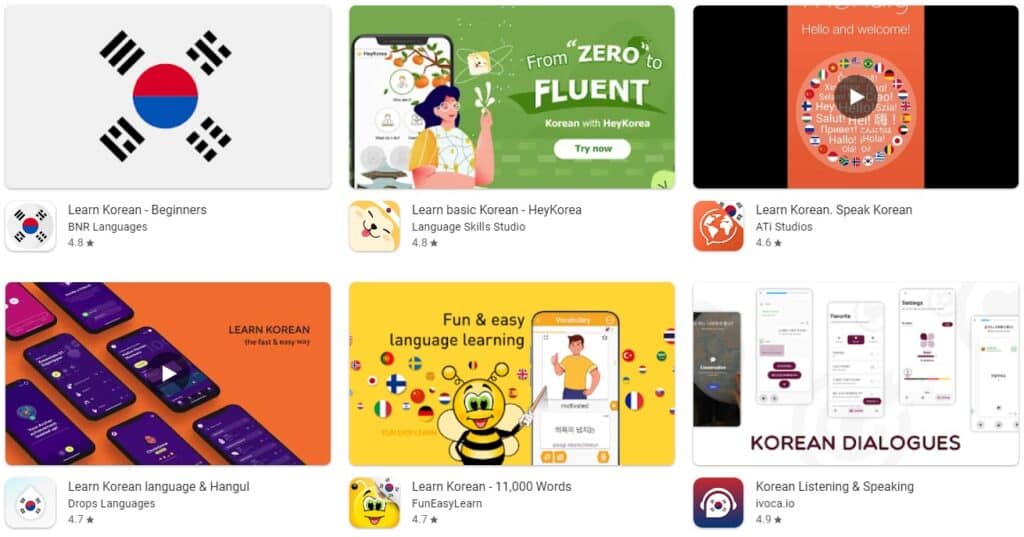
Top Apps and Websites for Beginner Korean Learners
The digital age has brought a plethora of tools and resources to your fingertips, making learning Korean more accessible than ever. For beginners, interactive apps are a great place to start. Apps like Duolingo, Rosetta Stone, or Talk To Me In Korean offer beginner-friendly courses that introduce basic vocabulary and grammar in an engaging way. These apps often include games, quizzes, and exercises to reinforce your learning.
Benefits of Using Interactive Tools for Engaging and Effective Learning
Interactive tools like language learning apps are not just about memorization; they’re designed to make learning fun and engaging. They use techniques like spaced repetition for vocabulary retention and provide instant feedback on your exercises. Many apps also offer the opportunity to practice listening and pronunciation, key skills in language learning. Additionally, these apps which have Korean lessons for beginners can be used anytime, anywhere, fitting conveniently into your daily routine.
Cultural Insights: Understanding Korean Etiquette and Traditions

Common Cultural Norms in Korean Society
As you embark on your Korean learning journey, it’s important to recognize that language and culture are deeply intertwined. Understanding Korean etiquette and traditions will not only enhance your language skills but also enrich your communication experiences.
- Respect in Language: Korean language is structured to reflect various levels of formality and respect. Using the proper honorifics and speech levels depending on the listener’s age and social status is crucial in Korean society.
- Etiquette in Social Settings: Koreans value politeness and respect in social interactions. Practices like bowing as a greeting, using both hands when giving or receiving something, and not leaving your chopsticks sticking out of your rice bowl are important cultural etiquettes.
- Understanding Korean Celebrations and Holidays: Familiarize yourself with traditional Korean celebrations like Chuseok (Korean Thanksgiving) and Seollal (Lunar New Year). These occasions are rich in customs and provide a deeper understanding of Korean culture and family values.
Next Steps in Your Korean Language Journey

Now that you’ve gained an understanding of the basics of the Korean language and culture, what comes next? Continuing your journey requires commitment and a willingness to explore new dimensions of the language.
- Deepening Your Knowledge: As you become more comfortable with the basics, challenge yourself with more complex grammar and an expanded vocabulary. Engage with Korean media like TV shows, movies, and music to get a feel for the language in different contexts.
- Practice, Practice, Practice: Regular practice is key to language mastery. Try language exchange with native speakers, join Korean learning groups, or participate in online forums and discussions.
- Exploring Advanced Resources: Consider enrolling in advanced courses or using more comprehensive learning tools as you progress. These resources which have Korean lessons for beginners can offer structured learning paths and more in-depth cultural insights.
Conclusion: Your Journey to Korean Mastery Awaits
It was ‘Korean Lessons for Beginners: Starting Your Language Journey’ post. Congratulations on taking the first steps in your Korean language journey! By starting with the basics and immersing yourself in Korean culture, you have laid a solid foundation for your language learning. Remember, mastering a new language is a marathon, not a sprint. Stay curious, be patient with yourself, and enjoy the process of learning and discovery. Korean is a beautiful and rewarding language, and with each step, you are unlocking a world full of new possibilities and connections.
Ready to continue your journey in Korean? Explore our comprehensive courses and resources, designed to take you from beginner to mastery. Join our community of enthusiastic learners and embrace the wonders of the Korean language and culture. 시작해보세요 (sijakhaeboseyo) – Let’s get started!
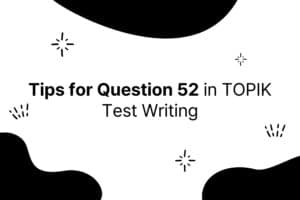



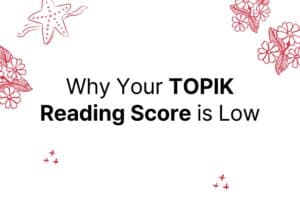



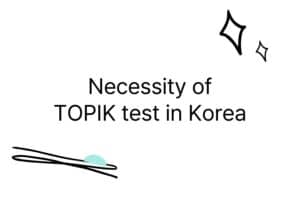
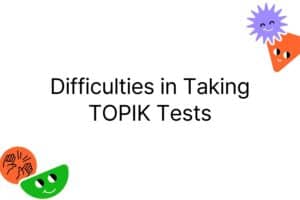


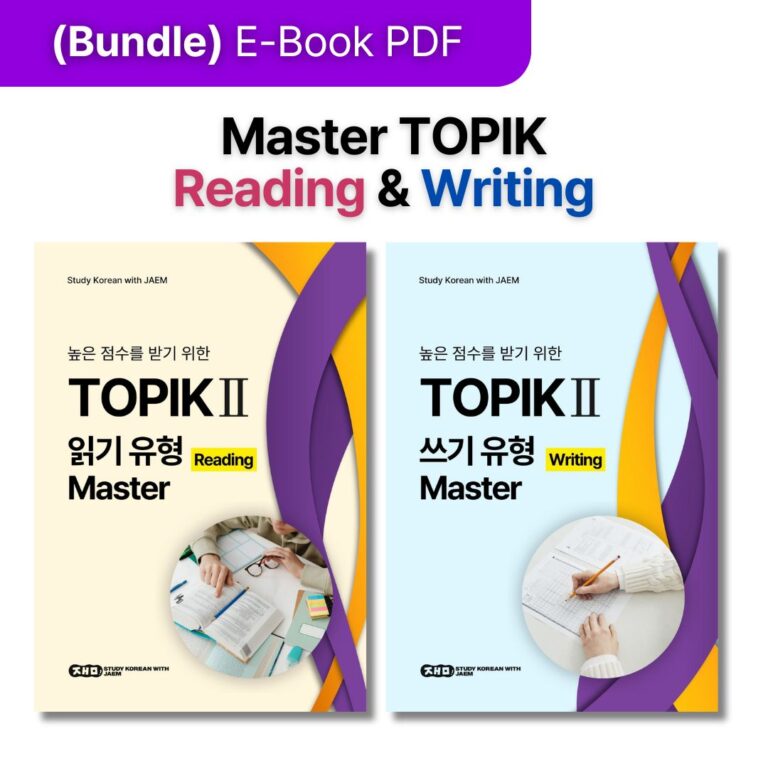



Responses